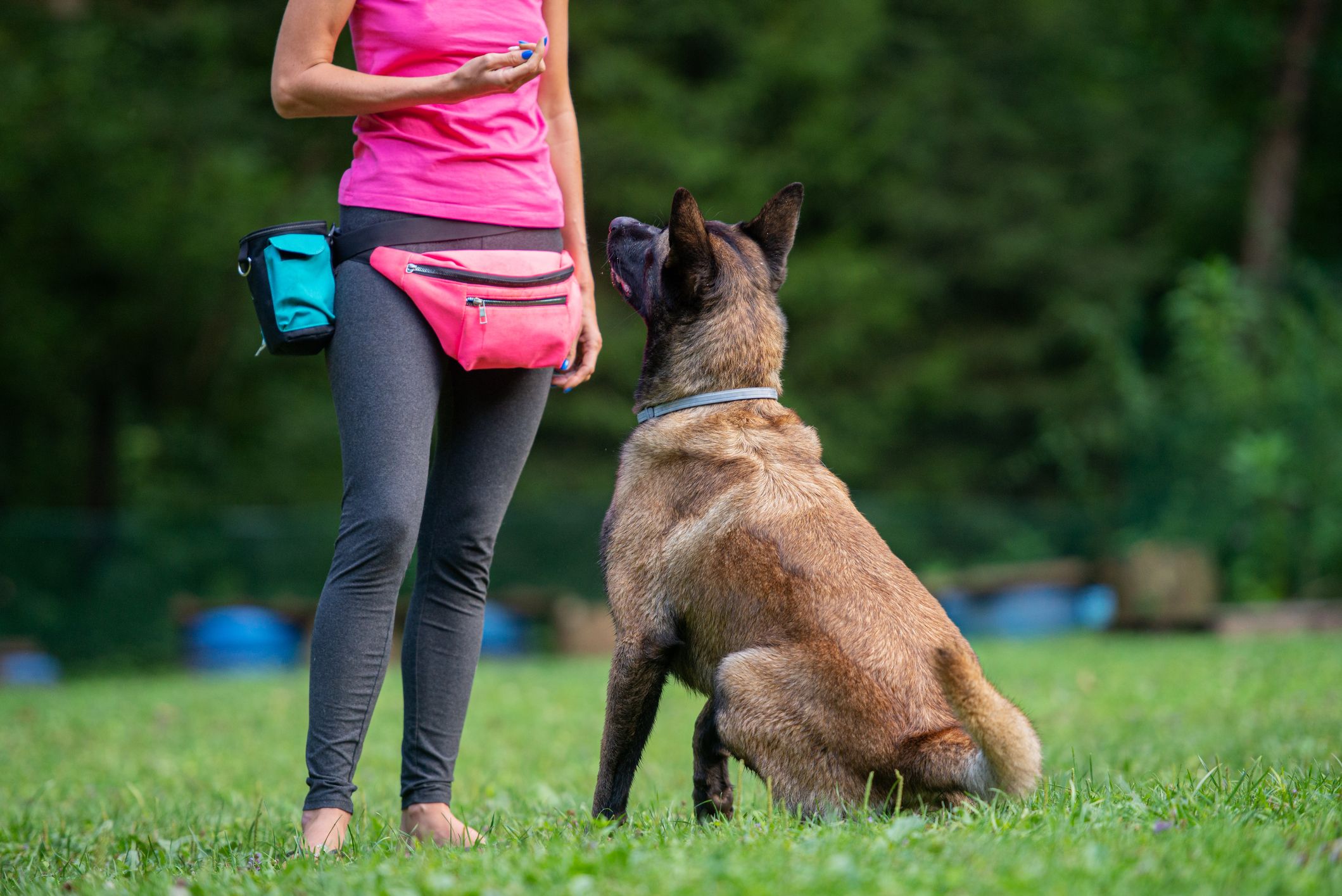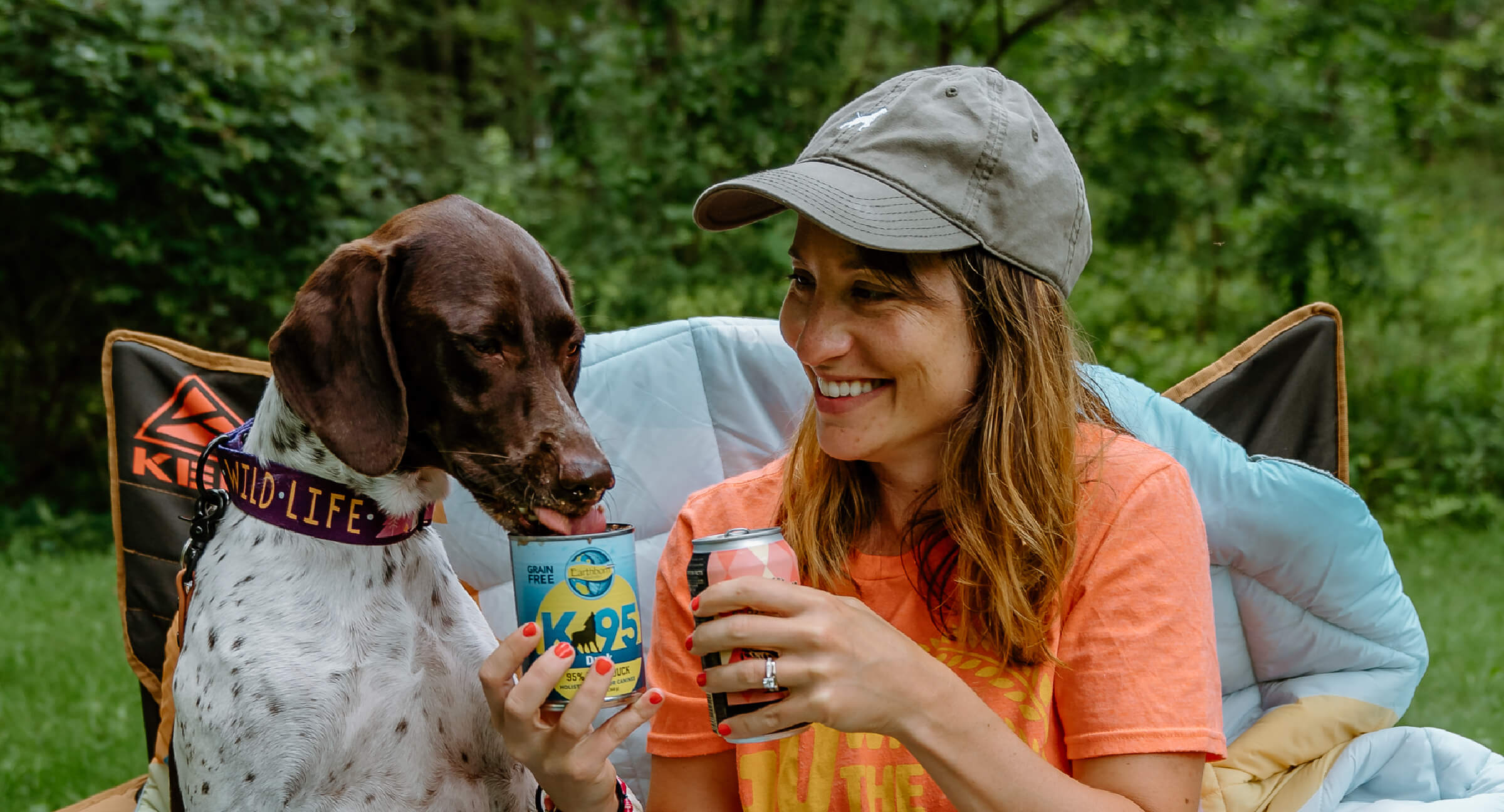Exactly How to Integrate Games into Your Dog Training Routine
Exactly How to Integrate Games into Your Dog Training Routine
Blog Article
Necessary Tips for Successful Dog Training: A Guide for Family Pet Owners
Effective dog training is a complex process that requires a critical technique customized to both the family pet's character and the proprietor's goals. Comprehending how to browse these challenges can considerably boost the training experience, eventually transforming the relationship between proprietor and canine.
Recognizing Dog Behavior
Recognizing pet dog behavior is essential for effective training and cultivating a harmonious partnership between canines and their proprietors. Canines connect primarily with body language, articulations, and actions, making it vital for owners to translate these signals accurately. Identifying a canine's pose, tail position, and ear orientation can give understandings right into its emotion. A wagging tail does not always show happiness; it can also indicate enjoyment or anxiousness.

Socialization plays a significant function in dog actions; direct exposure to numerous atmospheres, people, and various other pets can substantially affect a canine's temperament. Variables such as type attributes and private temperament should assist training techniques, as some types may have specific behavior traits that demand tailored approaches. By understanding these components, owners can develop a helpful environment that motivates positive habits, leading to effective training outcomes and a deeper bond with their animals.
Developing Constant Commands
Reliable communication with your pet dog begins with developing consistent commands. This fundamental element of training is essential for fostering understanding between you and your pet dog. Consistency in the commands you utilize makes certain that your canine can accurately associate details words or phrases with the preferred actions.
When choosing commands, pick clear, distinctive words that are easy to state and set apart from each other. Prevent making use of similar-sounding commands that might confuse your pet dog. Using "sit" and "remain" is ideal, but "sit" and "struck" might lead to misunderstandings.
Furthermore, keep the same tone and volume for every command. Pets are delicate to singing cues, so varying your tone can produce complication.
It is similarly essential to make sure that all family members get on the exact same web page regarding the commands made use of. A united front in command usage will protect against combined signals and reinforce the understanding process.
Positive Support Methods
The power of positive reinforcement in dog training depends on its capability to urge wanted actions with rewards and appreciation. This technique is based in the principle that actions complied with by beneficial end results are more probable to be repeated. By incorporating favorable reinforcement into your training regimen, you can efficiently shape your pet dog's behavior in a useful manner.
To apply positive reinforcement, it's necessary to identify what encourages your canine, whether it be treats, playthings, or verbal praise. When your pet executes a preferred action, such as resting on command, instantly compensate them with a treat or affection. This organization in between the command and the positive result reinforces their understanding.
It's essential to timing the incentives properly; supplying the reinforcement within seconds of the wanted behavior assists your pet make the connection (dog training). Furthermore, uniformity is essential-- ensure that all member of the family make use of the same commands and reward systems to stay clear of confusion

Gradually, you can decrease the regularity of treats as your canine discovers the actions, transitioning to commend or recurring rewards. This technique not just cultivates a strong bond between you and your pet dog but also promotes a positive discovering setting, making training an enjoyable experience for both.
Socialization and Communication
Constantly revealing your pet to a variety of environments, people, and other animals is important for their social development. Socialization needs to begin early, ideally during the vital home window of 3 to 14 weeks, when pups are most responsive to brand-new experiences. Older pets can additionally profit from recurring socializing initiatives.
Present your pet dog to different setups, such as parks, pet-friendly stores, and city locations. This direct view it now exposure assists them adapt to different stimulations, lowering anxiousness and concern actions. Motivate positive interactions with other dogs and individuals, making certain that these experiences are regulated and risk-free to foster self-confidence.
Utilize organized playdates with courteous canines, as this can boost your canine's social abilities see here now and instruct them appropriate habits. Obedience classes and training sessions likewise provide superb opportunities for socializing, enabling your pet to communicate with others in a monitored environment.
Screen your dog's body movement throughout interactions, as this will certainly help you determine their comfort degree. Gradually boost exposure to more challenging scenarios while guaranteeing that each experience declares. A well-socialized dog is more probable to show balanced actions, making them a pleasure to have in any setting.
Addressing Usual Training Challenges
Every pet dog proprietor will certainly experience training difficulties at some time, no matter their canine's age or socializing degree. Identifying typical concerns such as stubbornness, diversions, and terror can aid in developing effective methods for enhancement.

Slowly introduce diversions as the pet dog ends up being much more skilled in commands. Short, regular training sessions are likewise reliable in preserving interest.
Fearfulness can prevent a pet's understanding procedure. Steady desensitization to the resource of worry, coupled with positive support, can assist ease stress and anxiety. Persistence is essential; never ever require a canine into a situation that creates distress, as this may exacerbate the problem.
Ultimately, understanding and attending to these usual difficulties with a structured strategy will foster an extra effective training experience, enhancing the bond between pet and owner while advertising efficient understanding.
Final Thought
In summary, effective canine training relies upon a thorough understanding of canine habits, the facility of regular commands, and the application of positive support techniques. Socializing plays an important duty in establishing well-adjusted animals, while resolving typical training obstacles requires persistence and adaptability. By implementing these necessary methods, family pet owners can promote a solid bond with their canines and advertise desirable habits, inevitably resulting in an unified partnership between people and their canine friends.
Understanding pet dog actions is important for reliable training and promoting an unified relationship between dogs and their proprietors.Socializing plays a significant function in pet behavior; exposure to different atmospheres, people, and other pets can dramatically impact a canine's character.The power of favorable support in dog training lies in its capability to motivate preferred habits via rewards and praise. By including favorable support right into your training routine, you can effectively shape your canine's habits in a useful way.
In summary, this website successful dog training relies on a detailed understanding of canine habits, the establishment of constant commands, and the application of positive reinforcement strategies.
Report this page